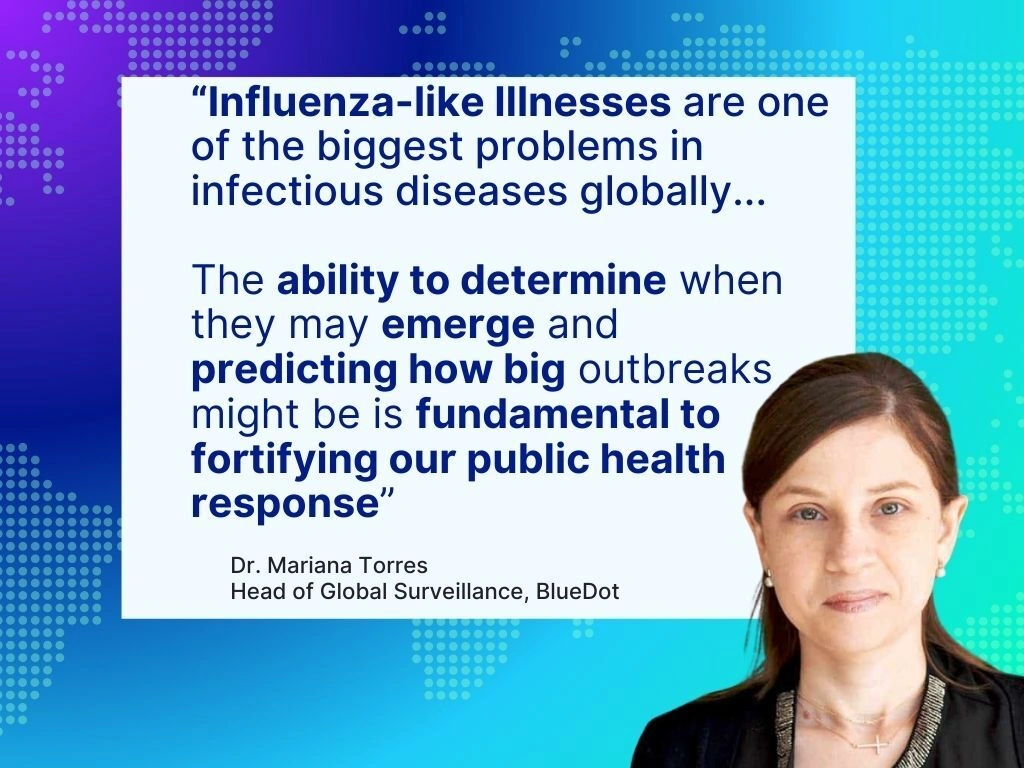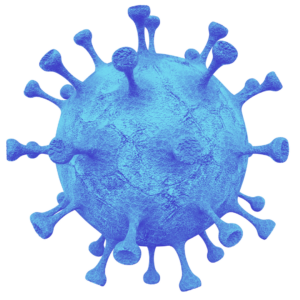The effective end of the COVID-19 pandemic will be staggered around the globe. As a small number of developed countries plan to reopen in summer 2021, much of the world will lag for years to come.
While individual re-opening policies will vary based on political factors, BlueDot is tracking the underlying science to offer the best possible predictions for lasting returns to normalcy.
We analyze (1) vaccination rates, (2) total immunity, and (3) the epidemiological situation on the ground to offer stable reopening projections for national and sub-national jurisdictions around the globe. Here’s how it works:
1-Vaccination rates
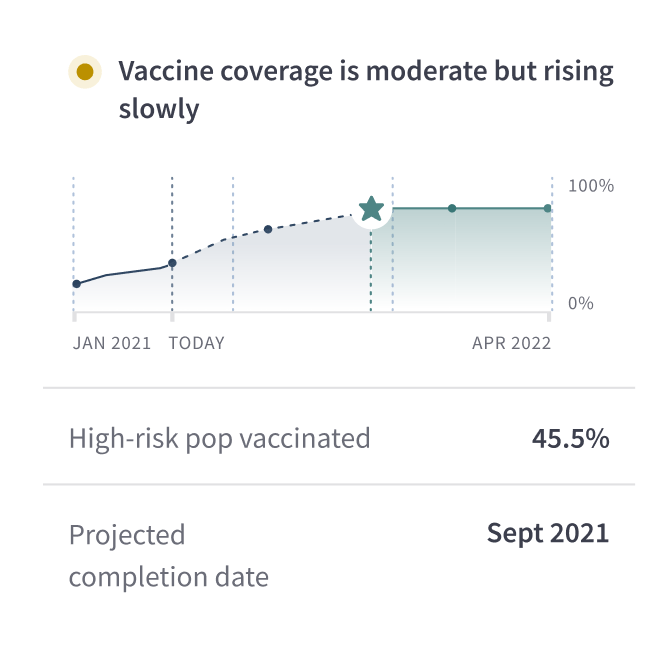
We track real-time vaccination rates for national and sub-national jurisdictions around the world, paying particular research to vaccination of high-risk populations.
Why does this matter?
High vaccination rates among high-risk groups likely correlate to reduced rates of hospitalization and deaths.
Who is high-risk?
We define the high-risk population as those over 65, healthcare workers, and those who have at least one underlying condition that puts them at increased risk of severe manifestations of COVID-19.
What number qualifies a location for a stable reopening?
2-Total Immunity
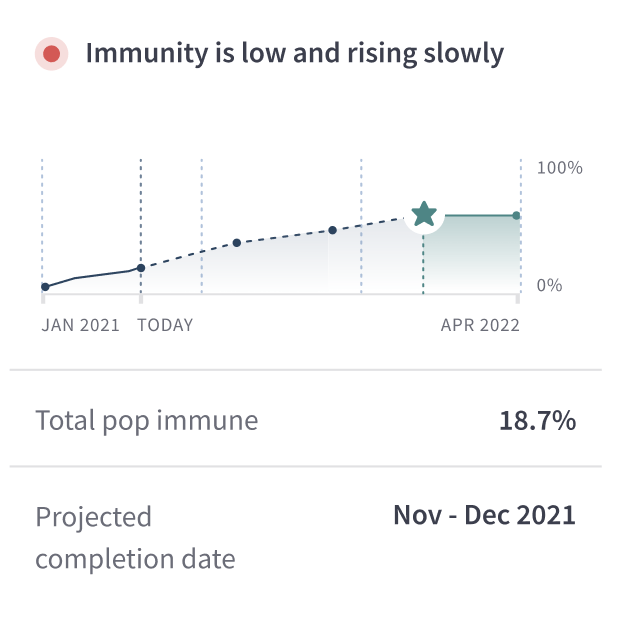
Between both vaccination programs and recovering from previous infection, we track how much of the population is immune to COVID-19.
Why does this matter?
High vaccination rates and natural immunity among the total population likely correlate to the ability to reduce government restrictions without an increase in cases, deaths or hospitalizations.
How is this immunity measured?
We measure the current percentage of the total population (including children) that has received at least one vaccine dose or achieved natural immunity via a previous SARS-CoV-2 infection.
What number qualifies a location for a stable reopening?
Our benchmark for this group is 65%+ immunity. This is based on the latest research and is subject to change.
3-Epidemic situation
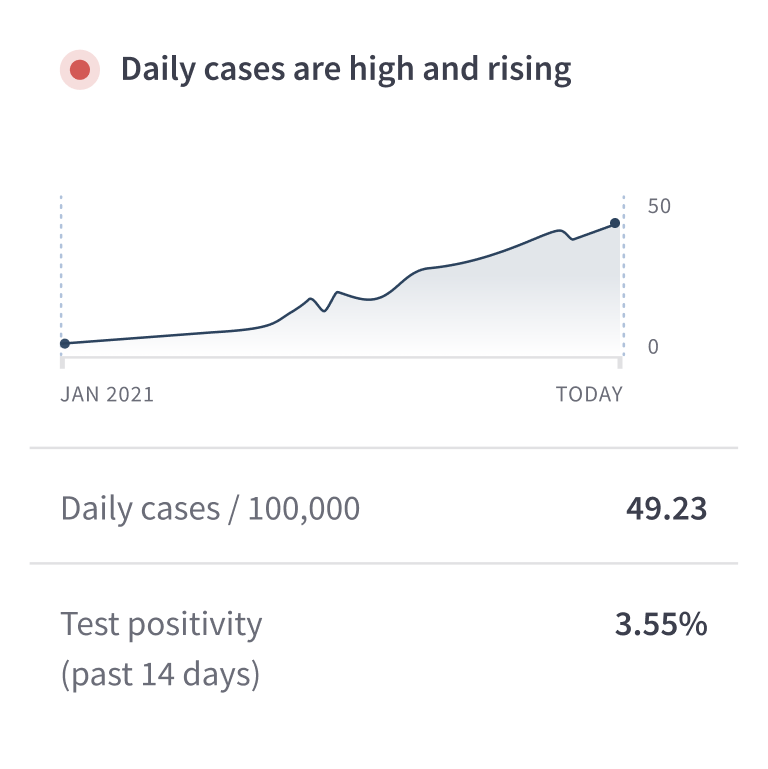
Overall COVID-19 case counts must be low and declining to project a stable reopening.
Why does this matter?
With anything less than herd immunity, a resurgence of cases will threaten a reopening.
How is this measured?
Overall COVID-19 case counts must be low (less than 10 cases per 100,000 people in a 7-day rolling average) to project a stable reopening. There must be a 10%+ decrease in the 7-day average of daily new cases per 100,000 people and the test positivity rate must be less than 5%, both measured over the course of 14 days. These metrics require widespread, high-quality testing; where this is unavailable, we provide an alert and highlight likely underreporting.
Continually updated analysis for 125 national jurisdictions and sub-national jurisdictions in 11 countries available via BlueDot Insights software in May 2021. To see our predictions for your locations of interest, please get in touch.


